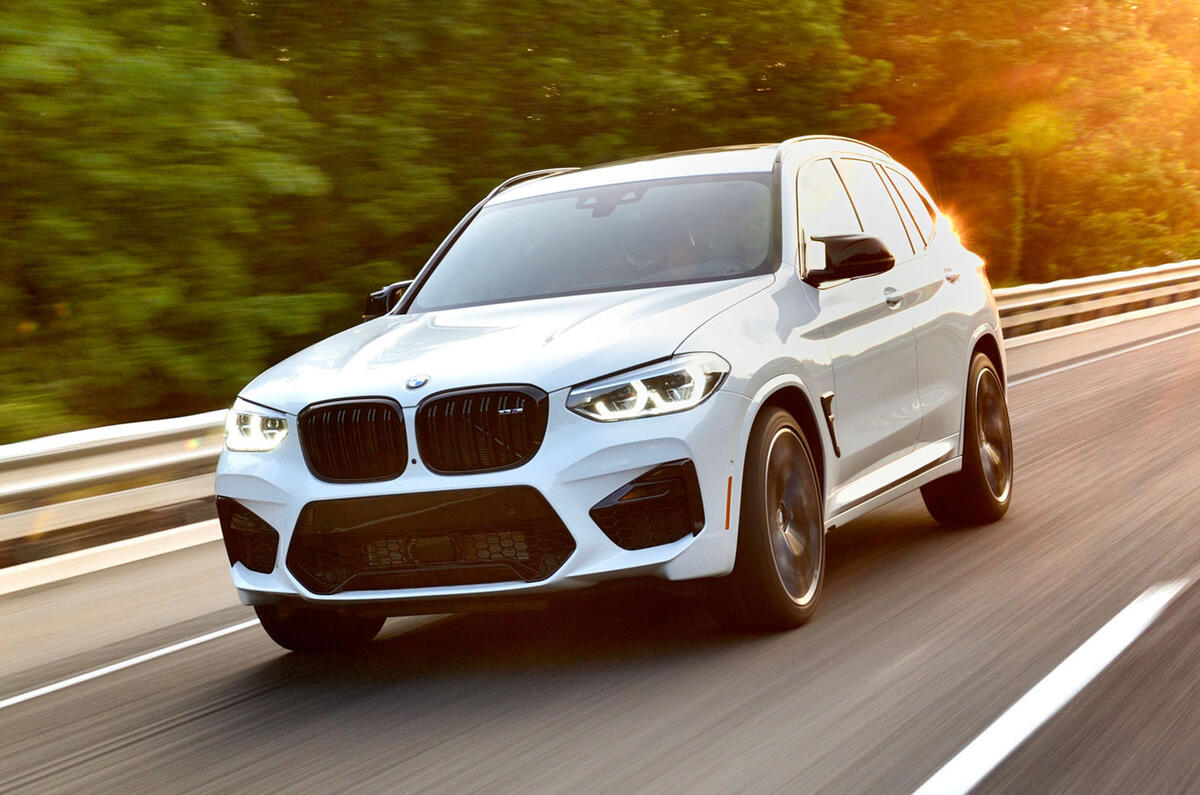The BMW X3 M Competition is at once quite a rare and special thing, and also about as common as new performance cars come at the moment; it depends on how you’re minded to think about it.
It’s an all-new BMW M car, and as such something to get pretty excited about, since it’s not every year we get one; but it’s also a mid-sized performance SUV – and in that sense one of an increasing number of cars amongst which we seem to be writing about a new arrival every few weeks.
Nonetheless, this is the first full-fat performance version of the BMW X3 mid-sized SUV that the M Division has ever made, and it’s appearing at the same time as its BMW X4 M Competition sister car – the latter on offer to those who prefer their four-wheel drive go-faster utility cars with a plunging roofline and a bit less... well, you know, utility. What a world.
As the BMW X5 M and BMW X6 M have already proven, of course, the BMW M Division doesn’t make hot SUVs quite like so many other purveyors of a performance-car breed that, thanks to the tastes of a great many modern car buyers, has become absolutely vital to fortunes of the companies making them. It took a while to get used to the idea of an outfit like BMW M making hot SUVs at all. But with the launch of the new X3 M and X4 M SUV-cum-coupe, both of which will arrive in the UK this September in higher-powered ‘Competition’ trim only, BMW’s in-house tuner will finish 2019 with as many jacked-up ‘utility vehicles’ in its showroom range as saloons, coupes and convertibles combined.















































